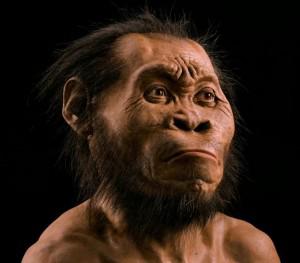
Homo Sapiens. Meet Homo Naledi
Homo sapiens. Meet Homo naledi.
Two years ago two cavers discovered bones in an almost inaccessible chamber deep within the Rising Star cave system, about 25 miles from Johannesburg in South Africa. Last week an international team of collaborators reported that the 1,500 human fossils represent at least 15 individuals from infants to seniors. They were named as a new human species, Homo naledi (naledi means “star” in the in the Sotho language).
National Geographic calls it one of the greatest fossil discoveries of the past half century. The problem is that a discovery like this often poses more questions than it answers. How old are the fossils? Where does H. naledi fit in the scheme of human evolution? And how did the remains arrive deep within the cave system? Their brains were only a third of the size of our brains, but were they burying their dead?
As today’s New York Times editorial suggests, we treat every fossil as if it must fit somewhere on a timeline leading to the crown of creation. Chris Stringer, a prominent British paleoanthropologist who was not involved in the study, told BBC News: “What we are seeing is more and more species of creatures that suggests that nature was experimenting with how to evolve humans, thus giving rise to several different types of humanlike creatures originating in parallel in different parts of Africa.”
I’m no palaeontologist but the details of this new species of ancient humans are fascinating. I suggest you read more about the discovery of homo naledi here.
If you suggest that you don’t believe in a creator who whipped up humans in one day like a happy chef or even mysteriously engineered a linear evolutionary process leading strait to you and me, people sometimes turn apoplectic. “You mean we are just an accident of nature?”
Well, that may be reality. We are certainly learning that our ancestry is more a tangle of branches on the family tree.
We are not comfortable thinking that we are modified apes. But the discovery of Homo naledi is another huge paleontological breakthrough. As the NYTimes editorial suggests, why not seize this moment to overcome our anthropocentrism and recognize the fuzziness of the distinctions within our extended family? We are one rich collection of mosaics genetically, anatomically and mentally.
The good news, of course, is that we’re here now. We are alive today. And with each new mysterious discovery from the past, we have the unique ability to humbly place ourselves in the vast array of all life on our planet.
Post a comment